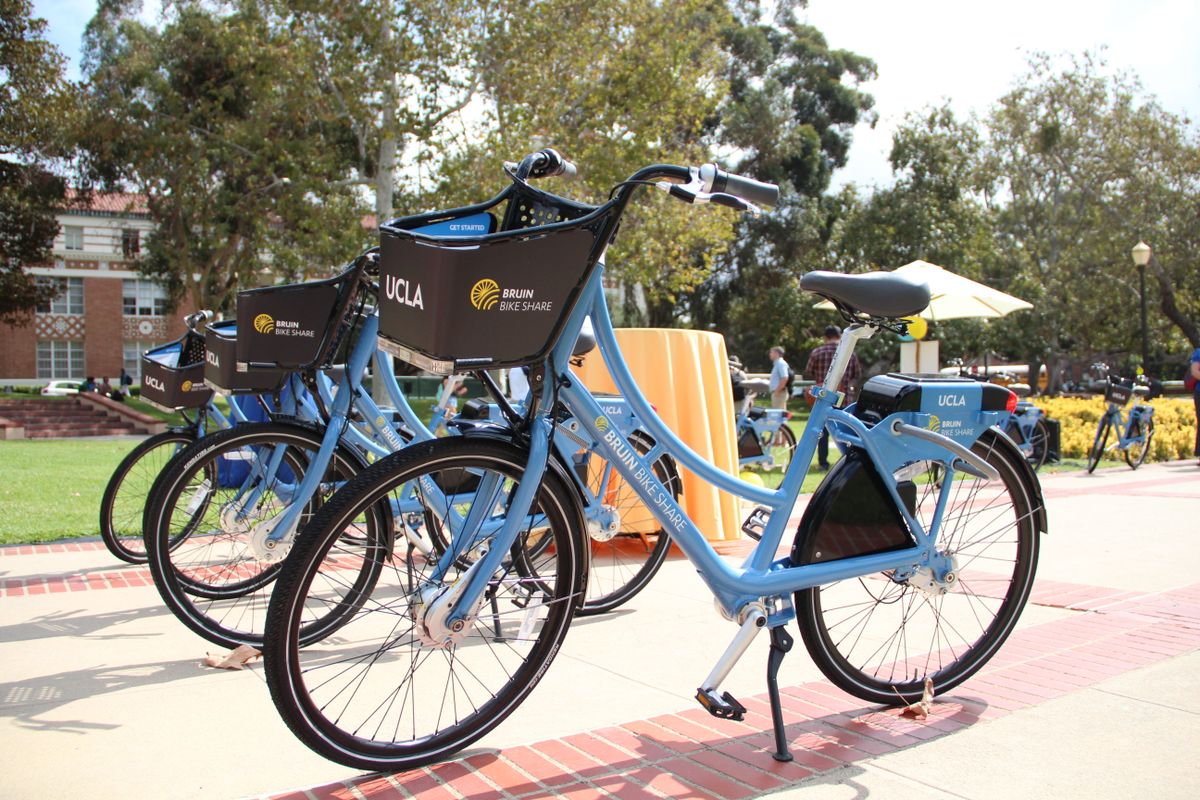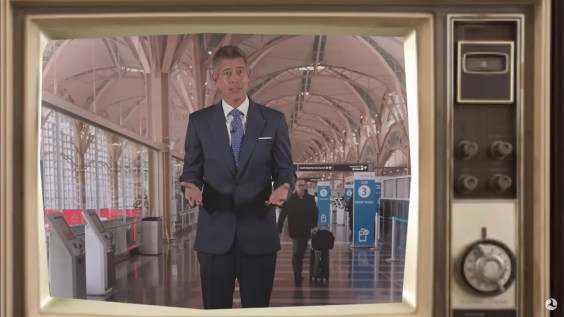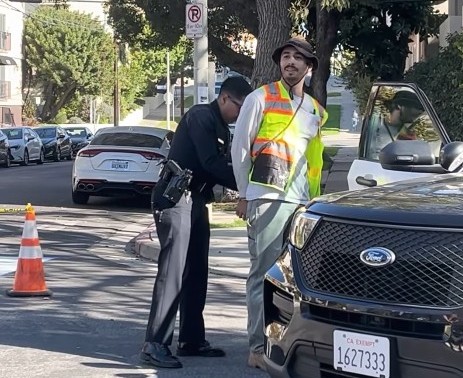Flanked by members of the SEIU transit union, Scott Wiener (D-SF), the Chair of the Senate Budget Committee, announced a state budget deal from the Capitol Rose Garden on Tuesday that avoids massive transit service cuts. It restores $1.1 billion of the Greenhouse Gas Reduction Fund committed to transit in previous budget cycles, and protects a $750 million loan to transit agencies across the state. The new budget will go into effect on July 1.
“This funding avoids a disaster for our state, but transit agencies will need a long-term source of funding to secure a thriving future,” said Wiener. “We must build on this success to ensure that our transit systems and the communities that depend on them not only survive, but thrive.”
While transit agencies are seeing growth in ridership, none have recovered completely from the loss of riders caused by the pandemic. Some agencies are more dependent on “farebox recovery” to maintain service than others. These agencies were facing severe cuts to service without an infusion of state funds, funds that were missing from the original budgets proposed by Governor Gavin Newsom.
The budget passed by the legislature included more transit funding, but until today’s announcement there was a chance that negotiations would lead to those funds being stripped again.
This won’t fix the budget issues fare-reliant transit agencies face in the long-term. That will depend on a regional measure for Bay Area transit. Wiener is currently seeking legislative approval to get such a measure on the 2026 ballot.
Almost all of the transit agencies facing the steepest cuts are in the Bay Area.
"By honoring previous commitments and providing an additional $750 million loan to Bay Area transit operators, the legislature and Governor have provided the bridge funding Bay Area transit operators needed to delay service cuts. With this deal in hand, we can move forward with SB 63 this year, and pass a new regional transit ballot measure in 2026," wrote Zack Deutsch-Gross with Bay Area based Transform, which advocates with local, regional, and statewide government.
While Wiener has been the face of the effort to restore funding for transit at the capitol, he has not been alone. Wiener, Senator Jesse Arreguín (D-Berkeley), and Assemblymember Mark Gonzalez (D-LA) led a coalition of legislators and advocates to secure and protect transit funding in the state budget.
“Californians placed over 5,000 calls and wrote more than 50,000 emails to legislators and the Governor demanding more funding for public transit through the Move California coalition,” wrote Eli Lipman, the executive director of Move CA. “Our campaign is focused on creating a movement of transit riders fighting for transit funding in our state’s budget.”
No Changes to Budget Lines for High Speed Rail, Active Transportation
There was some drama over how High Speed Rail would be funded in the final budget as legislators and transit agencies in Southern California are pushing for funding for improvements in LA County (for example, run-through tracks at L.A.’s Union Station). In public statements and at the negotiating table, Newsom has been pushing that state funds focus on completion of the "spine" for the rail line in the Central Valley first.
The final budget maintains the governor’s commitment of $1 billion for High Speed Rail next year. The governor is hoping the legislature will approve a regular 20-year commitment of $1 billion annually from the state’s cap-and-trade program.
As the governor’s budget and legislature’s budget both failed to restore cuts to the state’s Active Transportation Program from previous years, there was little reason to hope that funding would be restored to 2023 levels in a compromise budget.
As expected, the entire state funding program for bicycle and pedestrian projects will remain at $200 million this year, enough to fund roughly a dozen projects in a 163,696 square mile state.
"I’m disappointed but not surprised that the final budget doesn’t return the $400 million stripped from the Active Transportation Program," wrote Jared Sanchez, the policy director for CalBike. "Underfunding the ATP is just one of the ways that California’s transportation budget fails to meet the challenge of climate change and residents’ desire for safer streets and walkable, bikeable neighborhoods."






